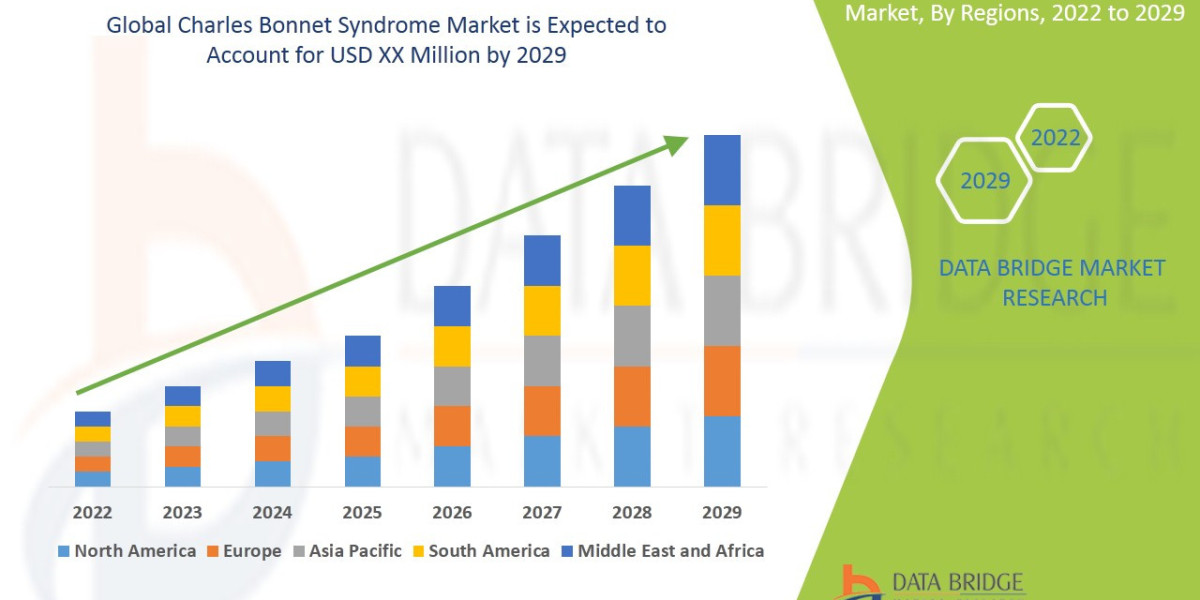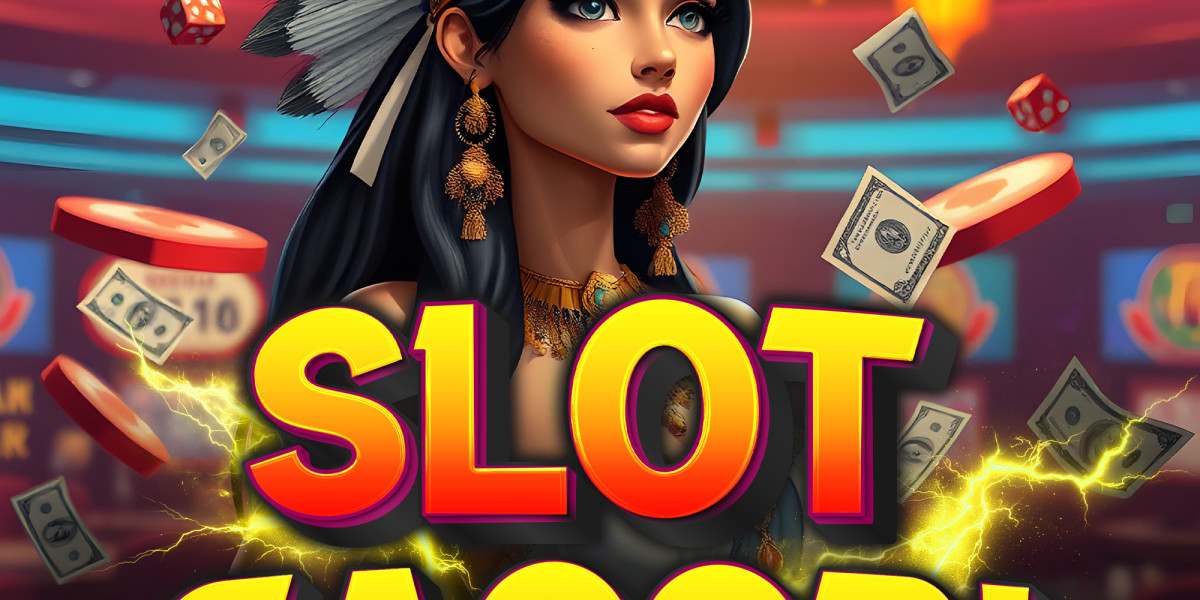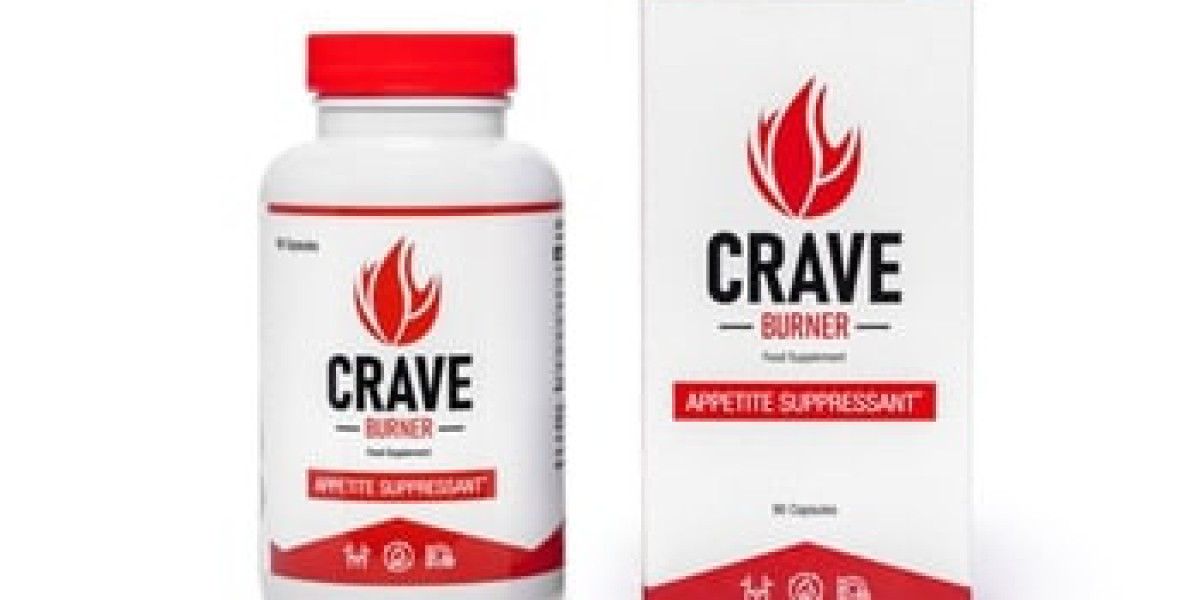The Charles Bonnet Syndrome Market, characterized by the provision of diagnostic and therapeutic solutions for visually-impaired individuals experiencing complex visual hallucinations, is poised for significant expansion. This growth is fundamentally driven by the rising global prevalence of age-related macular degeneration (AMD), glaucoma, and other sight-loss conditions, particularly within the geriatric population. A crucial factor is the increased awareness among healthcare professionals (ophthalmologists, neurologists, and psychiatrists) which is reducing under-reporting and leading to more accurate diagnoses. While pharmacological treatment often involves the off-label use of anticonvulsants and antidepressants, the market is seeing a push toward integrated management, including vision rehabilitation and psychological support.
For an in-depth analysis and strategic insights, please refer to the complete Databridge report: https://www.databridgemarketresearch.com/reports/global-charles-bonnet-syndrome-market
Market Overview
Charles Bonnet Syndrome (CBS) is a neuro-ophthalmic condition defined by the presence of complex visual hallucinations in individuals with significant vision loss, while maintaining cognitive clarity and insight that the hallucinations are not real. It is not a psychiatric disorder, a fact that is central to increasing diagnosis rates. The market addresses the need for effective management of these often-distressing visual experiences. The primary market drivers include an aging global demographic and the high prevalence of visual impairment, with studies suggesting up to 20% of low-vision patients may experience CBS. Market growth is heavily influenced by advancements in diagnostics (ruling out other causes like delirium or dementia) and the development of targeted, well-tolerated pharmacotherapies.
Market Size & Forecast
The global Charles Bonnet Syndrome Market size was valued at approximately USD 1.2 Billion in 2024. The market is projected to witness substantial growth, reaching an estimated value of USD 2.1 Billion by the year 2034. This robust expansion is anticipated to be driven by a Compound Annual Growth Rate (CAGR) of 5.8% during the forecast period of 2024-2034. The growth trajectory is supported by increasing clinical recognition and the subsequent demand for effective symptom management solutions, particularly in developed healthcare economies.
Market Segmentation
The Charles Bonnet Syndrome Market is comprehensively segmented based on various critical factors:
- By Treatment Type:
- Anticonvulsants: (e.g., Gabapentin, Pregabalin) - Currently the largest segment due to established off-label efficacy in modulating abnormal cortical activity.
- Antidepressants: (e.g., SSRIs, Trazodone, Venlafaxine) - Fastest-growing segment, offering dual benefits by managing hallucinations and associated anxiety/depression.
- Antipsychotics: (Atypical, Low-Dose) - Used in severe, refractory cases, though utilization is cautious due to side effects in the elderly.
- Others: (e.g., Cholinesterase Inhibitors, Non-pharmacological therapies).
- By Underlying Ophthalmic Condition:
- Age-Related Macular Degeneration (AMD) - Dominant segment.
- Glaucoma
- Diabetic Retinopathy
- Cataract (Pre- or Post-Surgical)
- By Distribution Channel:
- Hospital Pharmacies
- Retail Pharmacies & Drug Stores
- Online Pharmacies
Regional Insights
North America currently holds the largest market share, driven by a high prevalence of AMD, advanced healthcare infrastructure, significant R&D spending, and high patient awareness. The U.S. leads in the adoption of novel diagnostic protocols and combination therapies. Europe follows, with countries like Germany and the UK contributing significantly due to large geriatric populations and robust national healthcare systems promoting early diagnosis. The Asia-Pacific (APAC) region is projected to register the fastest CAGR, primarily due to improving healthcare access in countries like China and India, the massive patient pool with visual impairment, and increasing government initiatives focused on elderly care. Investment in localized awareness campaigns will be critical for realizing the market's full potential in APAC.
Competitive Landscape
The competitive landscape of the Charles Bonnet Syndrome Market is fragmented, as the current pharmacological treatments are primarily generic, repurposed drugs. Competition focuses heavily on R&D for novel, CBS-specific molecular entities and the commercialization of supportive care technologies (e.g., vision rehabilitation tools). Key players whose products are frequently utilized in CBS management or who hold strong positions in related neurological/ophthalmic markets include:
- Novartis AG (through opthalmic drug development)
- Johnson & Johnson Services, Inc.
- Pfizer Inc. / Viatris Inc. (for Gabapentin/Pregabalin generics)
- H. Lundbeck A/S (in psychiatric/neurological space)
- The Oculenz Company
- Various regional and global manufacturers of generic Antidepressants and Anticonvulsants.
Top Company Profiles and Market Share Analysis: https://www.databridgemarketresearch.com/reports/global-charles-bonnet-syndrome-market/companies
Trends & Opportunities
- Increased Clinical Awareness: Growing recognition of CBS by non-psychiatric clinicians (Ophthalmologists, Optometrists) is driving earlier intervention and reducing patient distress/fear of mental illness.
- Tele-Health and Remote Support: The rise of tele-ophthalmology and online support groups presents a significant opportunity to reach isolated and homebound elderly patients, a major risk demographic for CBS.
- Neuro-Modulation Therapies: Research into non-invasive brain stimulation techniques like Transcranial Direct Current Stimulation (tDCS) shows promising early results for reducing hallucination frequency and intensity, opening a new therapeutic avenue.
- Development of Diagnostic Biomarkers: Research focused on identifying specific neurological or retinal biomarkers could lead to proprietary diagnostic tests, commanding premium pricing.
Challenges & Barriers
- Under-Reporting and Stigma: The main barrier remains the patient’s fear of being misdiagnosed with a psychiatric illness, leading to significant under-reporting and delayed treatment. This skews true prevalence data.
- Lack of a Dedicated Drug: There is currently no FDA-approved drug specifically for CBS. Treatment relies on off-label prescription, which can be inconsistent in efficacy and carries risks, especially with polypharmacy in the elderly.
- Variability in Hallucination Severity: The symptoms are highly heterogeneous, ranging from simple patterns to complex scenes, making a one-size-fits-all pharmacological solution extremely challenging.
- Reimbursement Challenges: Non-pharmacological treatments, such as vision rehabilitation and cognitive behavioral therapy (CBT) for coping, often face inconsistent reimbursement, limiting patient access.
Conclusion
The Charles Bonnet Syndrome Market is transitioning from a niche area to a recognized and high-growth segment within neuro-ophthalmology. Driven by demographic shifts and improved clinical education, the market holds immense potential for companies that can bridge the current therapeutic gap with dedicated, safe, and effective solutions. Addressing the core challenge of stigma and lack of awareness will be paramount to unlocking the projected USD 2.1 Billion market value by 2034.
For more detailed market insights and competitive intelligence, download the full report here: https://www.databridgemarketresearch.com/reports/global-charles-bonnet-syndrome-market
Browse Trending Report:
Asia-Pacific Nutraceutical Excipients Market
Middle East and Africa Nutraceutical Excipients Market
North America Nutraceutical Excipients Market
Asia-Pacific Oligonucleotides Synthesis Market
Europe Oligonucleotides Synthesis Market
Middle East and Africa Oligonucleotides Synthesis Market
North America Oligonucleotides Synthesis Market
India Oligonucleotides Synthesis Market
Asia-Pacific Omega-3 for Food Application Market
Europe Omega-3 for Food Application Market
Middle East and Africa Omega-3 for Food Application Market
North America Omega-3 for Food Application Market
India Paper Cup Market
Asia-Pacific Powder Sulfur Market
Middle East and Africa Powder Sulfur Market
Contact Us
Contact Us:
Data Bridge Market Research
US: +1 614 591 3140
UK: +44 845 154 9652
APAC: +653 1251 975
Email: corporatesales@databridgemarketresearch.com








